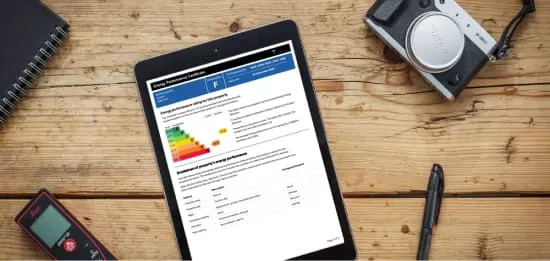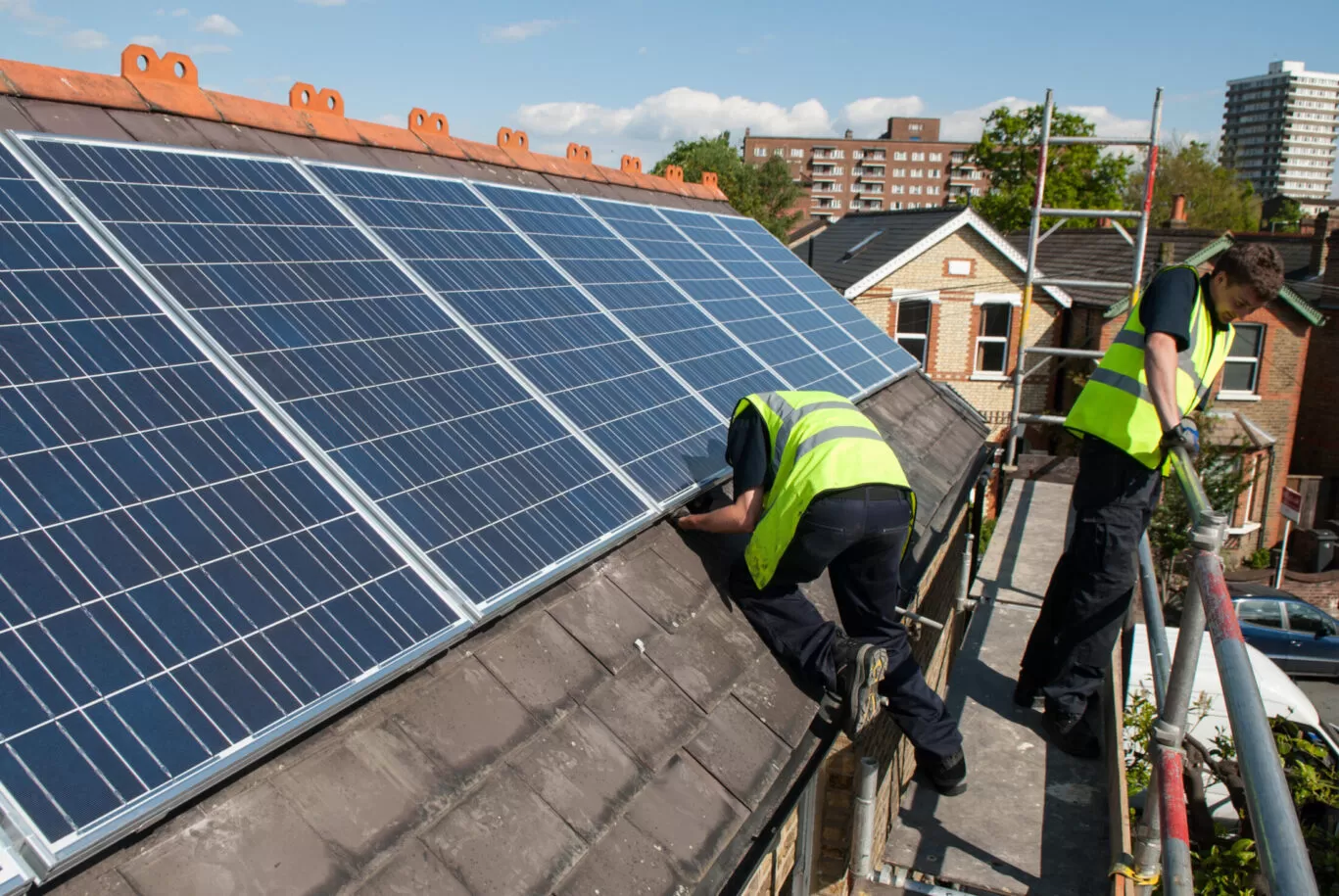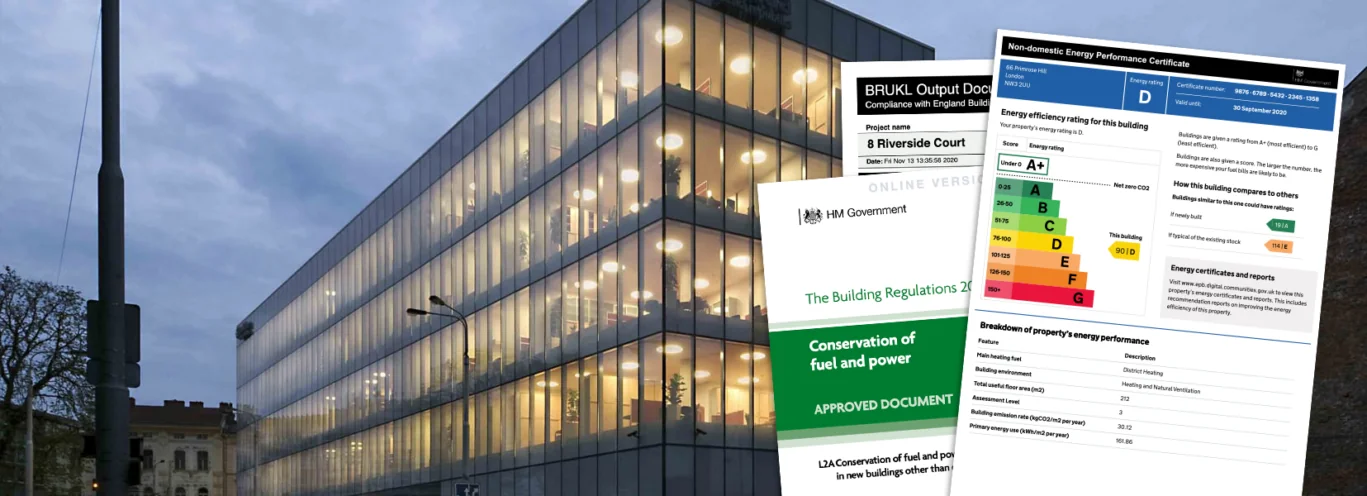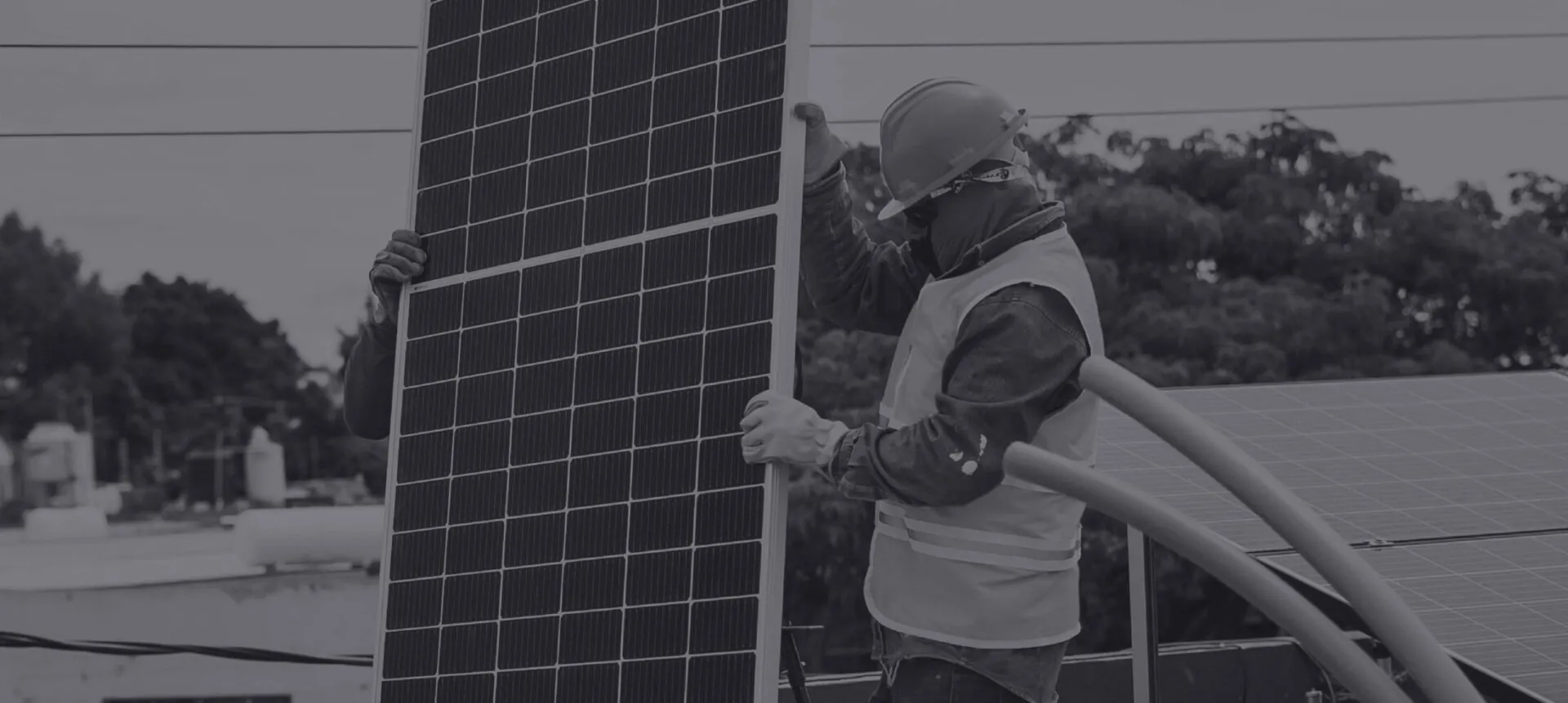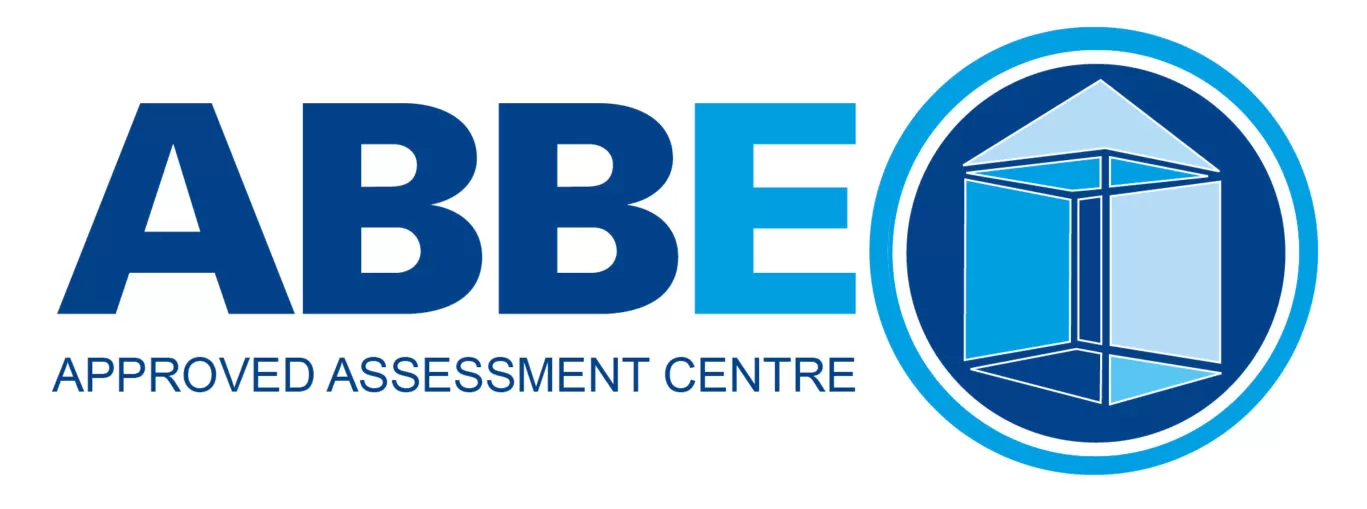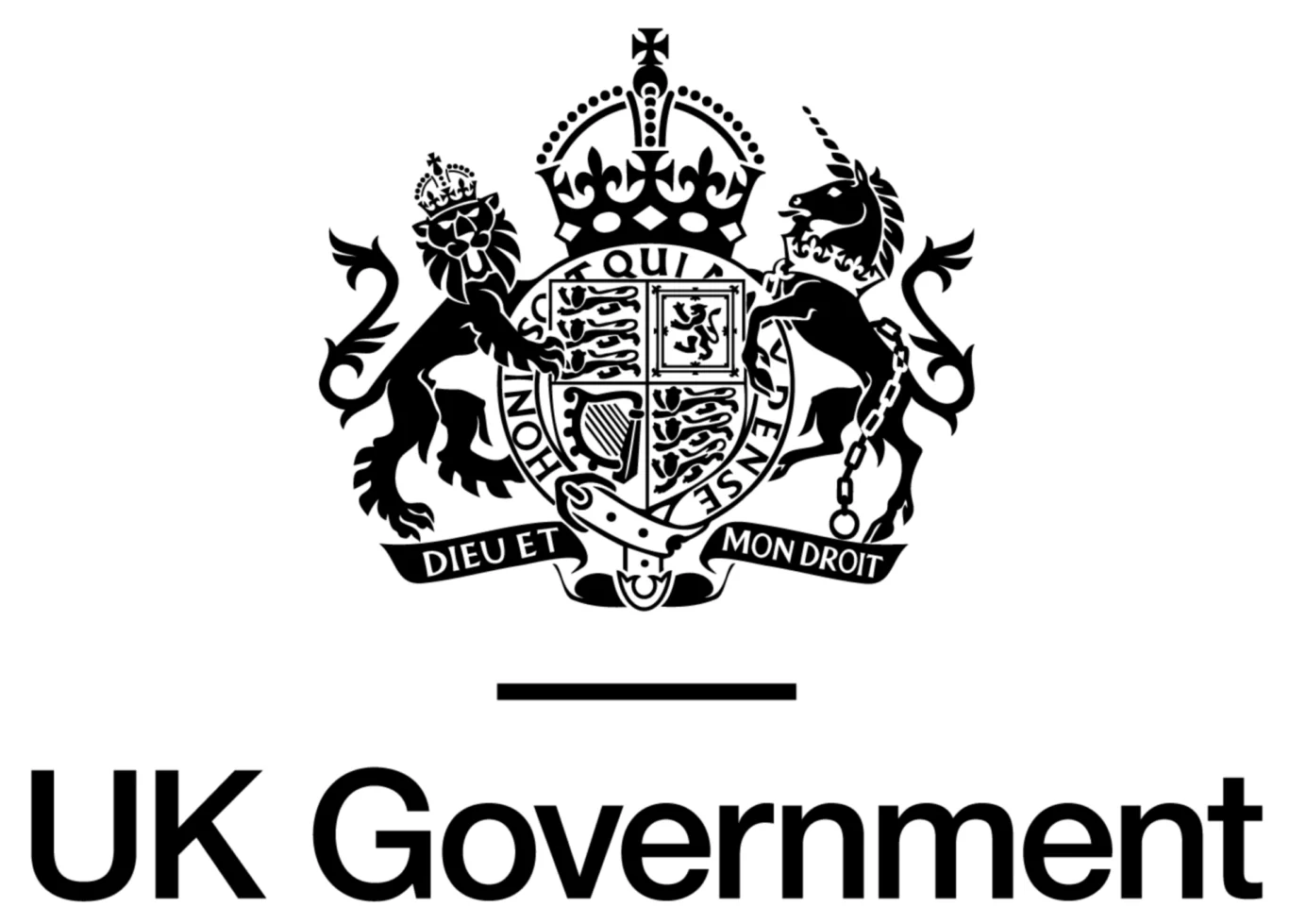The UK government has set out an ambitious plan to increase solar power deployment nationwide, aiming for 45-47 GW of solar energy by 2030. While this is part of a broader strategy to boost energy security and tackle climate change, it also carries implications for Domestic Energy Assessors (DEAs).
As rooftop solar panels become more commonplace, DEAs will increasingly encounter properties with photovoltaic (PV) systems. Understanding how to assess and record these installations in RdSAP is an essential part of the job.
How Solar Power Works
Solar power systems convert sunlight into electricity using photovoltaic (PV) panels, typically mounted on rooftops. These systems can either feed power directly into the home or back into the grid via an inverter. Some properties also include battery storage to maximise the use of self-generated energy.
From an EPC perspective, solar PV can have a positive impact. It has a direct effect on both the energy efficiency score and potential cost savings listed in the certificate.
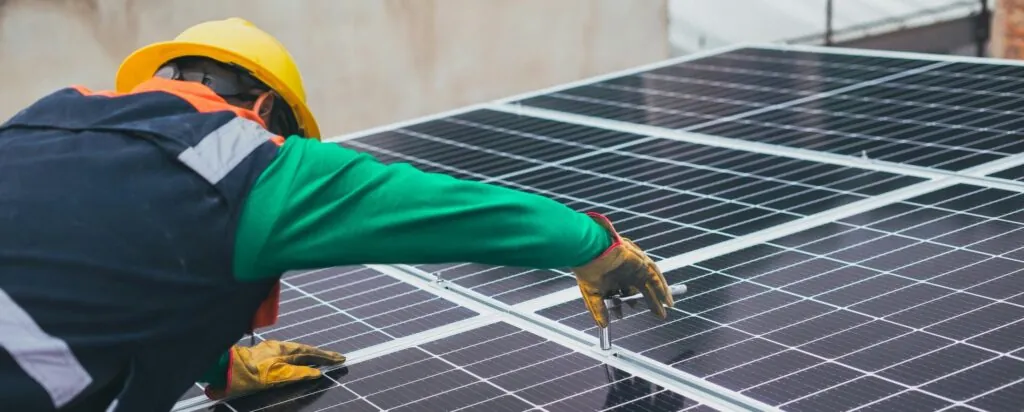
The Current State of Solar in the UK
There are currently over 1.5 million homes in the UK with solar panels installed. In January 2025 alone, 15,496 solar installations were recorded on existing homes—a 16.5% increase year-on-year, according to MCS.
The government has already approved nearly 3 GW of large-scale solar since July 2024, enough to power over half a million homes. Support for solar is high among the public, with 88% in favour of further deployment.
More Solar in the Future
The government’s newly launched ‘Solar Roadmap‘ sets out how rooftop solar will be scaled up significantly across homes, warehouses, and car parks. Key initiatives include:
- Making rooftop solar mandatory for new build homes through the Future Homes Standard.
- Unlocking regulations to allow portable plug-in solar for renters and apartment dwellers.
- Partnering with the Royal Institution of Chartered Surveyors to ensure solar adds recognised property value.
- Collaborating with the Green Finance Institute to support financing options for homeowners and businesses.
These initiatives aim to support up to 35,000 jobs and reduce household energy bills by as much as £500 per year.
The Effect of Solar
For Domestic Energy Assessors, the increase in solar uptake means more frequent encounters with PV systems during assessments. It’s vital to stay familiar with:
- How to identify and verify solar PV installations (MCS certificates, identifying PV connection, etc.)
- Logging solar data accurately in RdSAP 10, including system size (kWp), overshading, and pitch.
DEAs should also be aware of plug-in solar technologies, which—if regulations change—could appear on more assessments in flats and rented accommodation.
Preparing for Change
With the Future Homes Standard and financial incentives driving growth, solar power is quickly becoming a mainstream feature in domestic properties. As such, assessors should consider additional training or refresher courses on assessing solar installations under the updated RdSAP 10 methodology, which became mandatory from June 15, 2025.

